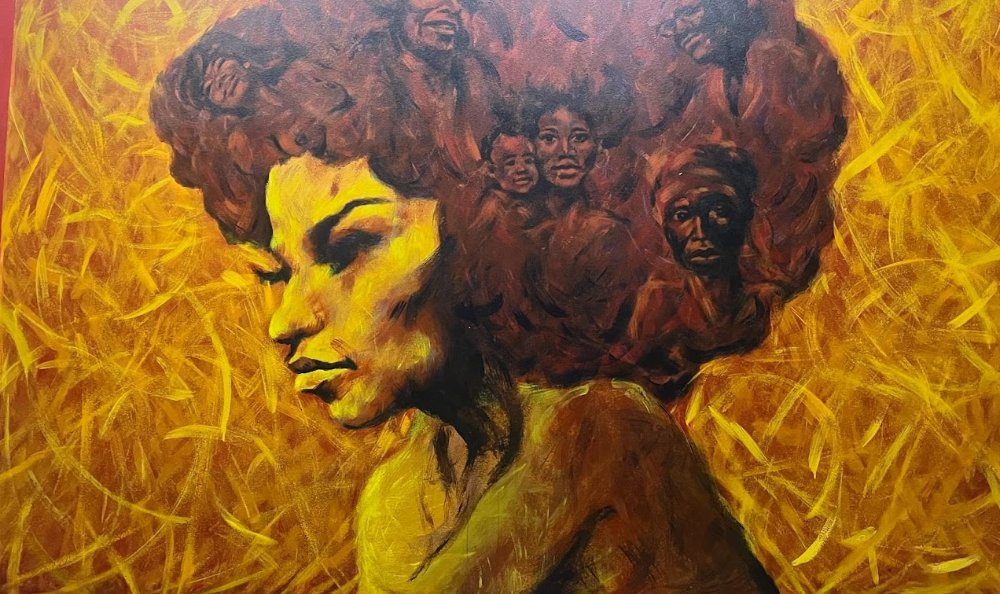In June of 2023, when the verdict of “Student Admission v. Harvard,” a landmark decision by the US Supreme Court on race-based affirmative action in college admissions, was made public, the consequences were clear. No public college in the nation, as decided by the Supreme Court, could use race as a criterion in their admissions process. What was made less clear was how the ruling would impact students. Was a world without affirmative action a step forward for those living on campus, or a step back?
“This is a very, very consequential decision of the highest court of the land,” said Lee Bollinger, President of Columbia University, interviewed by the school’s student newspaper. “And we are in really new territory in how to address what is really a terrible past and an ongoing present.”
The negative outcomes were quick to grab attention. MIT reported a sudden 10% drop-off in Black/African-American enrollment. Harvard reported a sharp drop in Black and Hispanic enrollment in the Law School. Similar drops at smaller schools like Tufts and Amherst, alongside sharp rises in white enrollment, also rang national alarm bells.
Yet the largest public college in the northwest, the University of Washington, tells a different story. The UW, which hasn’t used affirmative-action criteria for decades, has deployed tools to keep black enrollment steady and even growing a bit. If you look at UW’s Black enrollment over the last decade, you’d see that change has been slow and gradual, but ultimately positive. (The chart below counts UW undergraduates.)

Data show that, as total enrollment stagnated in a post-pandemic era, Black students saw a slight uptick in representation, from 3.7% to 4.3%. To be sure, that’s only 300 new students among a population of 60,000, but it’s reflective of a slow but steady push towards diversity on UW campuses. Over the last decade, the Asian, Hispanic, and mixed-race student populations have grown considerably, while the majority of white students has shrunk by nearly 16%. (These figures are unconfirmed by the UW media relations team, despite numerous efforts to contact them.)
UW simply hasn’t been experiencing the same declines in diversity seen in other states, but do students recognize this in their daily lives? There are fewer statistics on how students, post-affirmative action, are now perceiving the admissions process.
“Some students of color have been reluctant to include their background, out of fear of being penalized, while others have leaned in,” says Associate Prof. Patrick Schoettmer, who teaches political science at Seattle U. “I think that’s a result of the confusion over the Court’s ruling, about what can and cannot be considered. Students are dealing with mixed messages.”
Even so, at least regarding what’s quantifiable, the Huskies appear to have maintained diversity within their student body. In the face of national uncertainty, they’ve continued to create more space for minority students. This isn’t by accident, and it certainly wasn’t luck. But how did it happen, when the UW hasn’t employed affirmative action in 25 years?
In 1998, voters across the state had to decide on Initiative 200, which banned discrimination and, notably, preferential treatment by race, sex, or ethnicity. Voters supported the initiative, with more than 58% in favor. Once enacted, public universities could no longer enroll through race-conscious practices considered preferential.
Public universities in Washington would see short-term setbacks. There were 13% fewer Black freshmen and 10% fewer Hispanic students by 1999. As time passed, however, these same institutions would both recover and expand upon the diversity they had lost.
In the aftermath of Initiative 200’s passing, former UW President Richard McCormick described the change in two ways: First as the deprivation of a valuable tool, but also as a “historical opportunity to provide leadership and to make a difference on behalf of excellence at our university and beyond.”
To capitalize on this opportunity, according to the Seattle Times, Washington universities started investing in different programs and strategies to diversify. Six public colleges in the state have a guaranteed admissions program for students with a 3.0 GPA or higher. UW has renewed its focus on recruiting in-state applicants, who tend to be more racially diverse. They’ve previously partnered, as has Gonzaga, with the College Success Foundation, which provides counselors and scholarships to students of color.
“There’s more motivation to try,” says Seattle U’s Schoettmer. He notes that, especially among universities in progressive states, universities have begun to transition their enrollment programs to favor students of lower socioeconomic status as a way to make up the difference that’s been lost post-affirmative action. “They’ve found this new priority, but it’s not always effective. Race and economics don’t pair exactly one-to-one,” Schoettmer notes.
The future of higher education remains uncertain, but Washington’s past does provide a path forward. Loss of diversity isn’t an inevitability. Rather, it’s the end result of how universities choose to support their minority students, once their traditional tools become obsolete.
LaVendrick Smith, a media strategist with the ACLU of Washington, says that schools have a chance to better incorporate student voices into their admissions process. “Try to find ways to make students of color feel seen, feel heard,” advises Smith. “Make sure you’re giving them the same level of access, because too often, their issues aren’t being fully addressed.”
Which schools will decide to listen?
Discover more from Post Alley
Subscribe to get the latest posts sent to your email.

“The negative outcomes were quick to grab attention.”
Here’s one positive outcome: my asian American daughter didn’t have to worry about marking her race as “Asian” when she applied, and got into UW. At one point during the application process she worried being Asian would hurt her chances for a merit based acceptance.
“Loss of diversity isn’t an inevitability”
White students make up 32% o of 2024 freshman class of UW students but are 65% of the state’s population. They are the only group underrepresented.